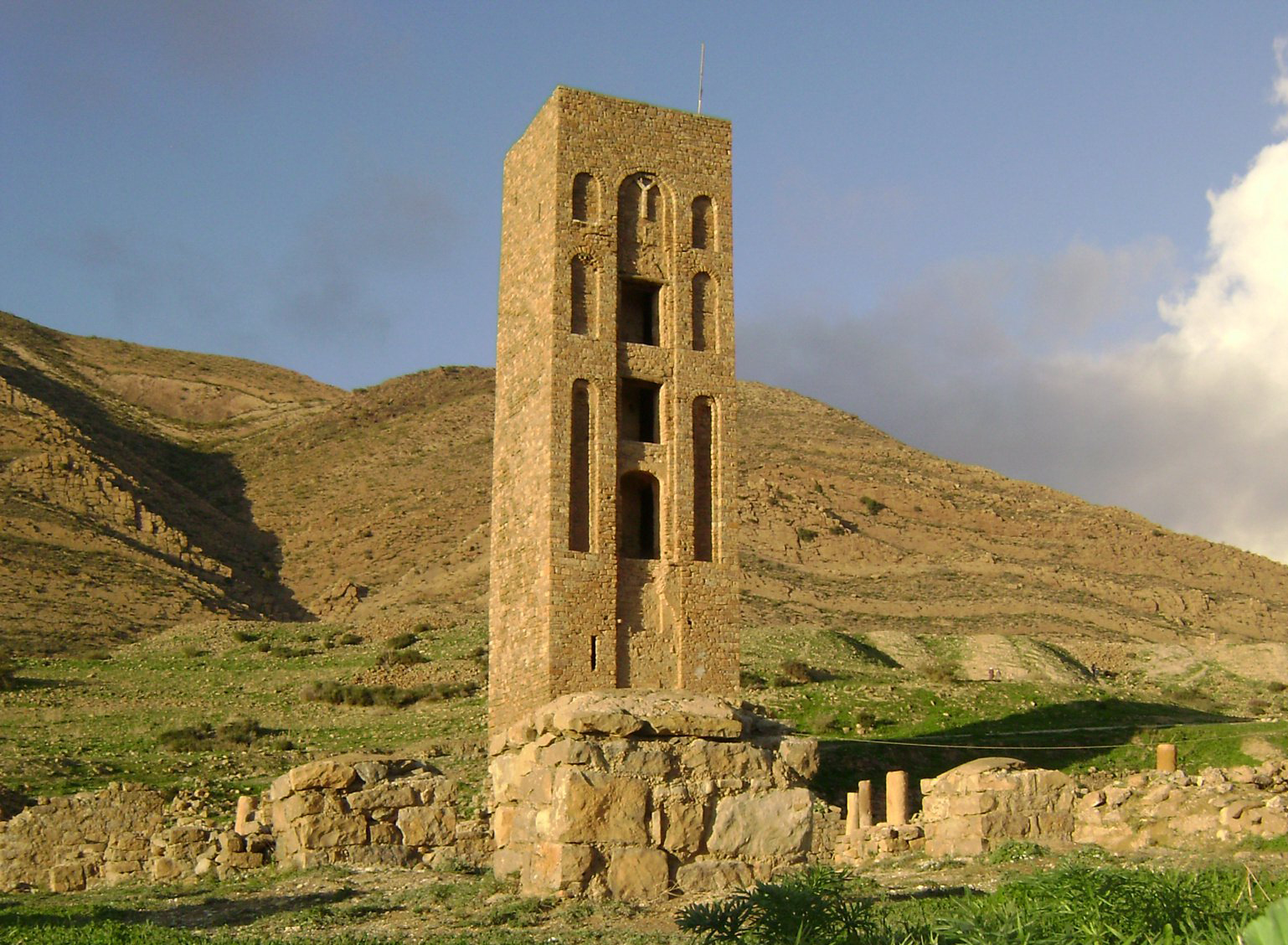
Qal’at Bani Hammad also known as Qal’a Bani Hammad or Qal’at of the Beni Hammad is a fortified palatine city in Algeria. Now in ruins, in the 11th century, it served as the first capital of the Hammadid dynasty. It is in the Hodna mountains northeast of M’Sila, at an elevation of 1,418 metres , and receives abundant water from the surrounding mountains. The site is near the town of Maadid (aka Maadhid), about 225 kilometres (140 mi) southeast of Algiers, in the Maghreb.
In 1980, it was inscribed as a World Heritage Site by UNESCO under the name Al Qal’a of Beni Hammad, and described as “an authentic picture of a fortified Muslim city”.The town includes a 7-kilometre (4 mi) long line of walls. Inside the walls are four residential complexes, and the largest mosque built in Algeria after that of Mansurah. It is similar in design to the Grand Mosque of Kairouan, with a tall minaret, 20 metres (66 ft).
Excavations have brought to light numerous terracotta, jewels, coins and ceramics testifying to the high level of civilization under the Hammadid dynasty. Also among the artifacts discovered are several decorative fountains using the lion as a motif. The remains of the emir’s palace, known as Dal al-Bahr, include three separate residences separated by gardens and pavilions.

